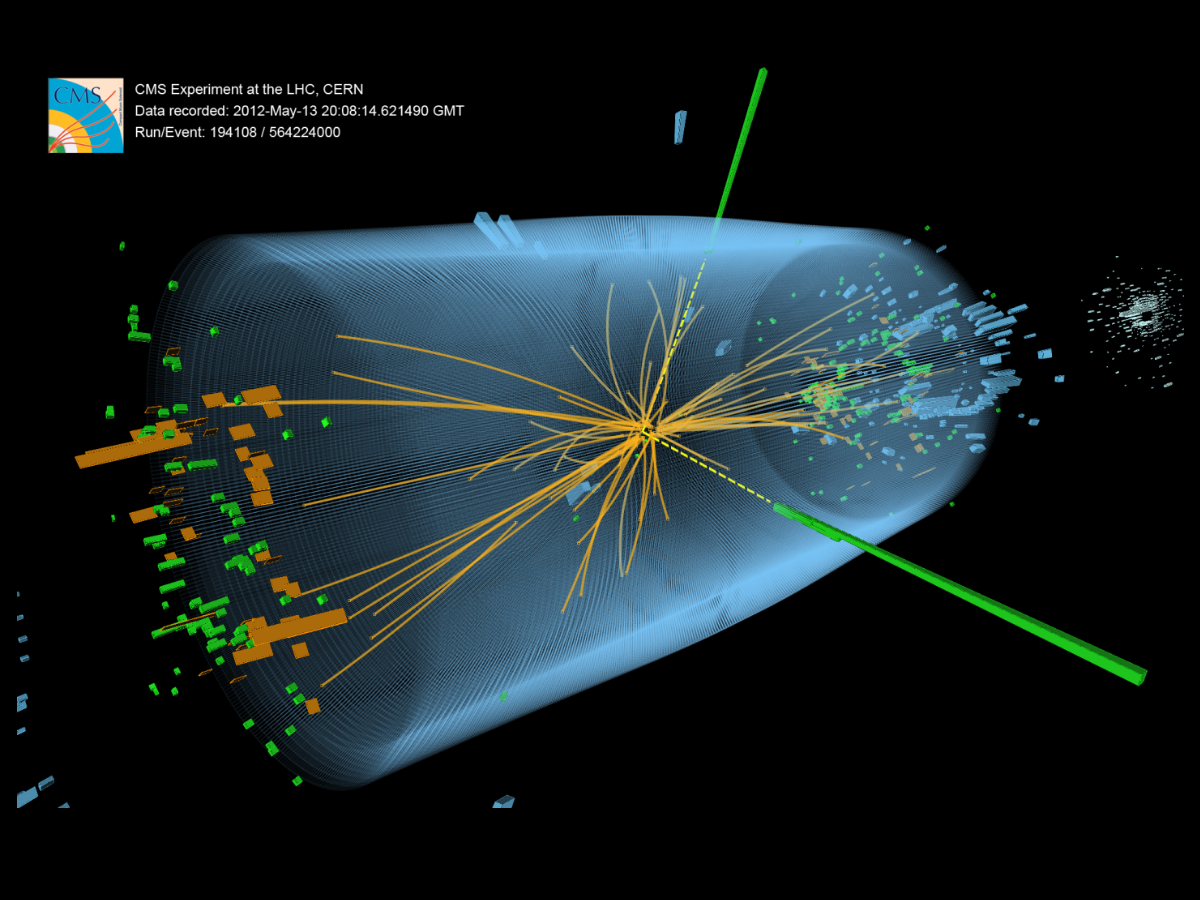You’ll come across space-time symmetries everywhere in your daily life. Understanding symmetry is extremely important in the study of physics, especially with regards to certain astronomical concepts. The examples of symmetry would be the right and left sides of a body and the pattern on a wallpaper. A repeated musical rhythm is also symmetry in a way.
So, you can see that it’s fundamental to the expression of laws in physics. A symmetrical object can be quite easy to describe, as it’ll have lesser features. In other words, it’ll have lesser information. We just need to describe the theme and the many ways, in which, the repetition happens.
For example, one house in a row of homes that are identical. There are certain things that remain same at all times and at all places. Let’s say there’s a transition to a different state on the other side of a coin. In this case, you’ll have more features to describe and it’ll have more information.
Water appears the same in all directions. However, when it becomes a snowflake, there’s a change in its state. Due to this, it becomes more complex. A snowflake crystal might look the same in only a certain number of directions. This would be the best example of ‘symmetry breaking’.
Importance of symmetry breaking in physics
Symmetry breaking is a cornerstone concept in the world of physics, especially particle physics. It is this concept that gave birth to the theory of supersymmetry. There’s a belief among many physicists that the forces of nature were identical just after the big bang. They also believe that all the elementary particles at the time were the same.
According to them, this symmetry was broken within an instant. Following this, the color force between quarks parted from the electroweak force. Later, the fragmentation of the electroweak force into electromagnetism and weak force took place. Further broken symmetries would be too confusing.
The spin of particles
The connection between the spin of elementary particles that took place and their statistics is extremely important. It’s a bridge between the macrocosm and the microcosm. It would seem that nature divides the quantum world into classes of particles. The two classes of particles are the fermions and bosons. Matter particles including all quarks and leptons are the fermions.
Bosons are the particles that carry the four forces. Fermions have fractional spins, while bosons have a whole spin. A statistical system accompanies these two divisions, which helps in defining their states of energy. This is of great importance to physicists, as it helps them relate the particle’s spin to its location. It also helps them in understanding its interactions with the other particles.
The behavior of fermions
The way fermions behave is quite strange in the quantum spin. Due to this feature, they’re also called ‘spin 1/2 particles’. Upon turning 360 degrees in space, the earth would return to where it had begun. On the other hand, if a spin 1/2 particle rotates 360 degrees, it will arrive at a quantum state. This will have a measurable difference from the state in which it had started.
So, in order to get back to where it had begun, it’ll have to make another 360-degree rotation. This would make a double rotation, that is, 720 degrees. This notion that a particle has to rotate another 360 degrees has an important role in the theory of supersymmetry.





